In a time when sustainability is more than a passing trend, turning kitchen scraps into tasty treats is a clever and meaningful step many are taking. Enter vegetable peel chips—an eco-smart, satisfyingly crunchy snack that gives discarded peels a delicious second life.
This no-waste recipe doesn’t just keep scraps out of the bin—it offers a crispy bite that can easily rival commercial chips. Whether you’re a sustainability enthusiast or simply curious about reducing waste in tasty ways, this guide will help you transform peels into your next favorite snack.
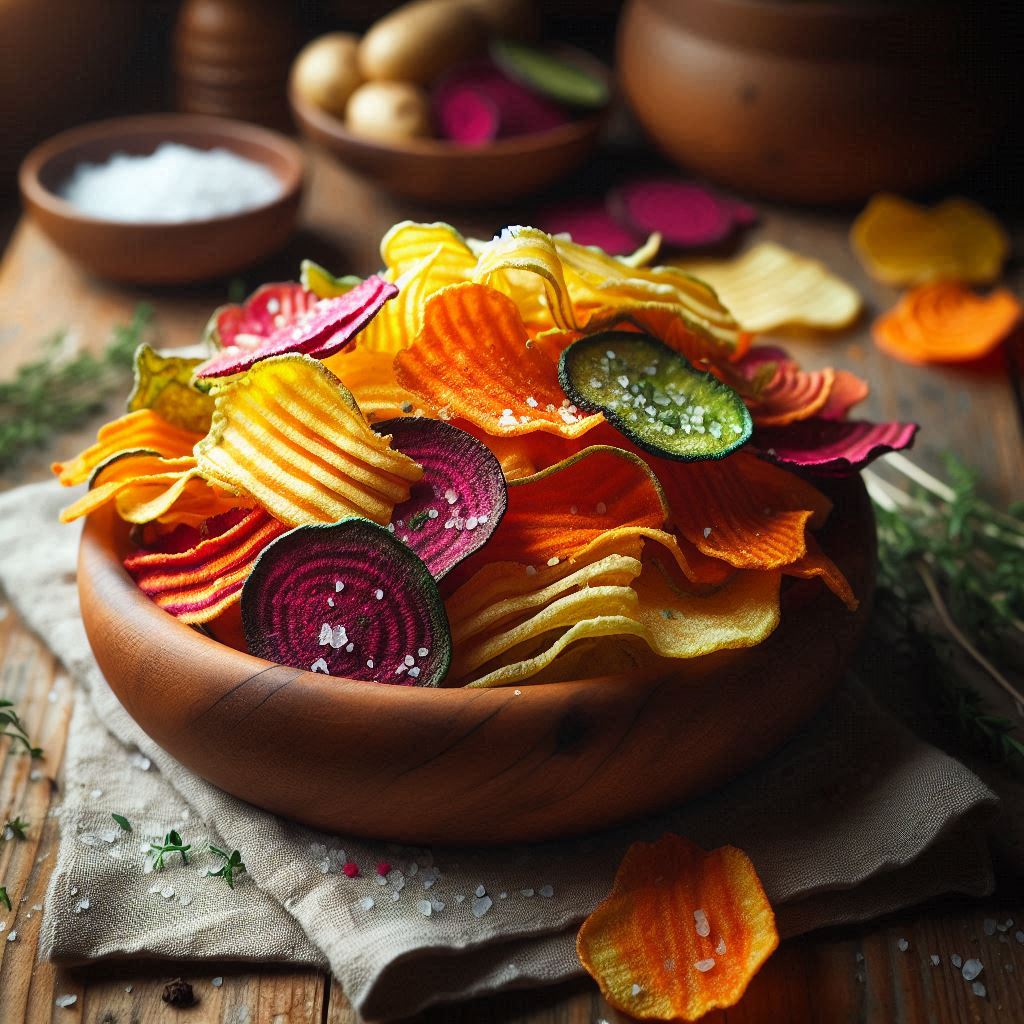
Why Make Chips from Peels?
Peeling veggies might feel like a mundane task, and more often than not, those peels head straight to the trash. But what if those bits you’re tossing are actually culinary gold? Turning them into chips is a win on multiple fronts: it minimizes food waste, costs next to nothing, and unlocks new textures and flavors.
Vegetable peel chips align perfectly with the growing zero-waste ethos. They’re incredibly versatile—you can use skins from potatoes, carrots, beets, sweet potatoes, zucchini, and more. Plus, they’re budget-friendly, packed with nutrients, and surprisingly satisfying.
Best of all, the recipe is simple. With a handful of ingredients and a little time, you can create a batch of chips perfect for snacking, garnishing dishes, or sharing with guests—all while doing your part to combat food waste and reduce landfill methane emissions.
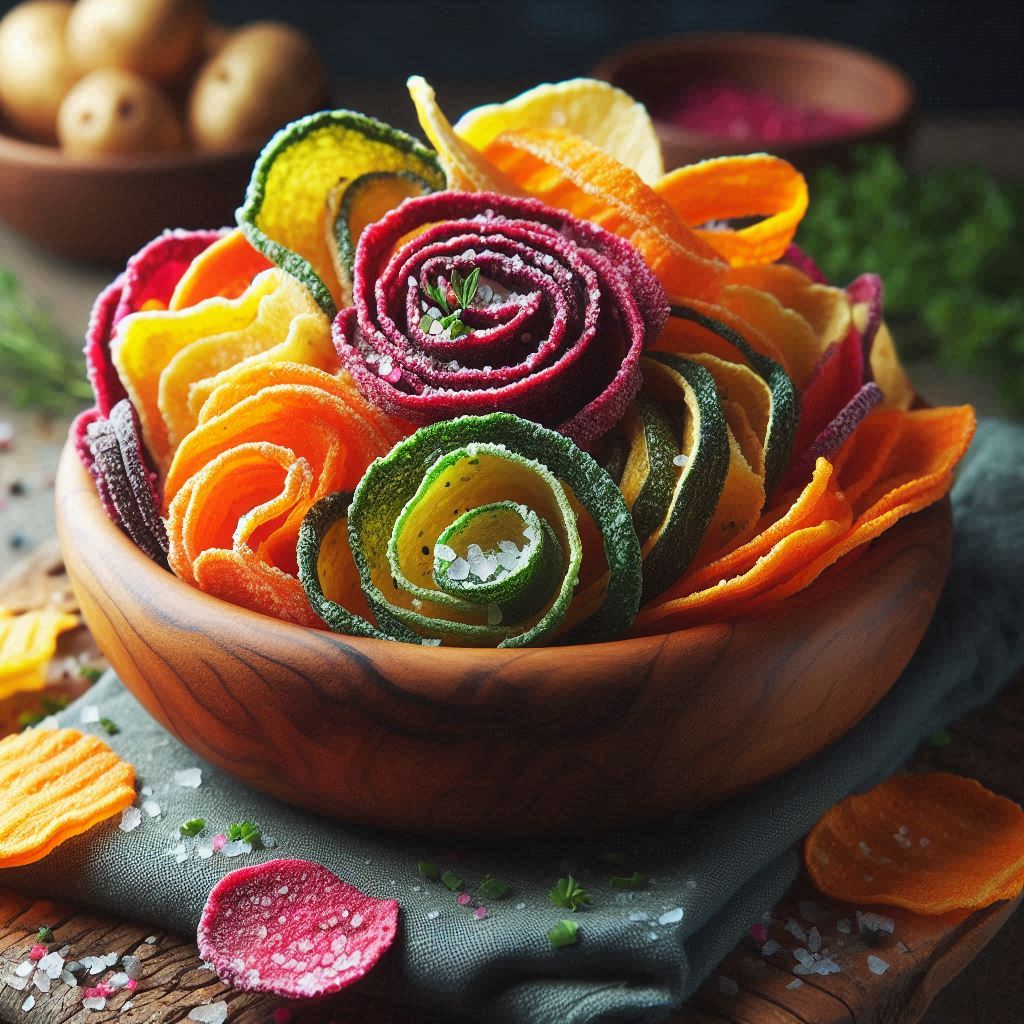
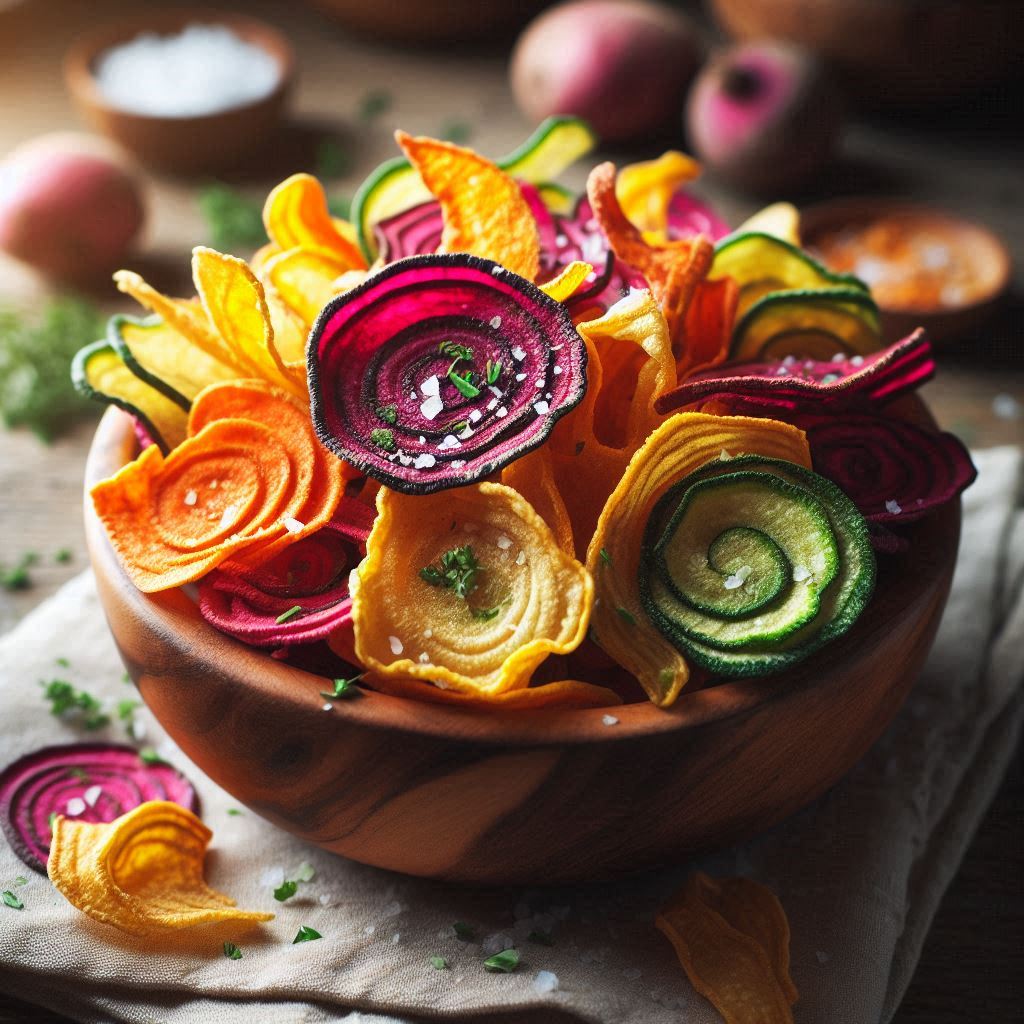

What You’ll Need
You don’t need fancy ingredients or special equipment—just a few basics from your kitchen:
- Vegetable Peels: Save the skins from produce like carrots, potatoes, sweet potatoes, parsnips, zucchini, kale stems, and beets. About 2 cups of peels make a decent-sized batch.
- Oil: Use a small amount of olive, avocado, or melted coconut oil to help the peels crisp.
- Seasoning: A dash of salt is essential. Feel free to add spices like paprika, cumin, chili flakes, garlic powder, or nutritional yeast for a cheesy twist.
- Tools: Oven or air fryer, baking tray, parchment paper, and a mixing bowl.
Tip: Wash your veggies thoroughly before peeling—especially if they aren’t organic—to make sure the skins are clean and safe to eat.
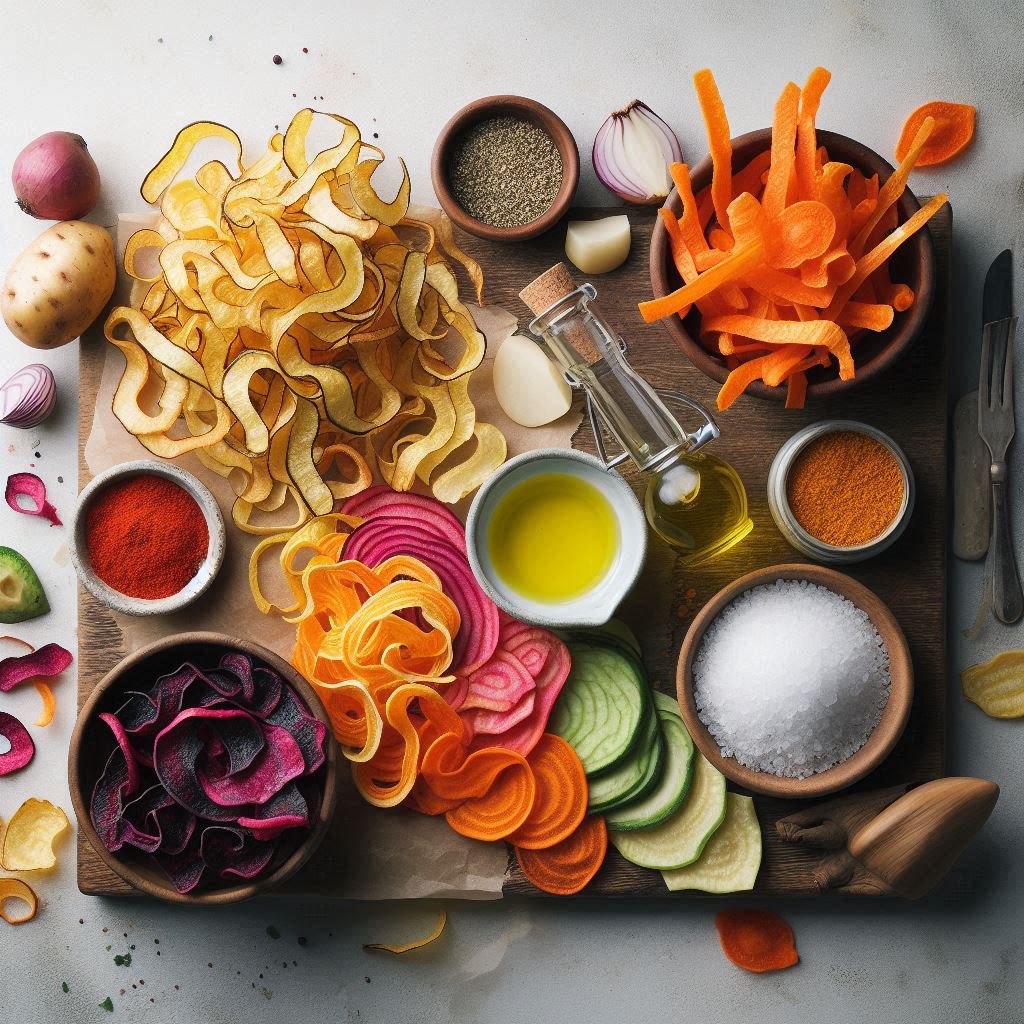
How to Make Them
Though easy to prepare, a few key techniques can help you achieve chip perfection:
- Gather and Prepare Peels: Store leftover peels in an airtight container in the fridge for up to three days. When you’re ready, rinse them well to remove dirt or starch, then dry thoroughly with a towel—dry peels crisp better.
- Season Lightly: Toss peels with a tablespoon or two of oil and season to taste. Stick with salt and pepper for a classic taste, or experiment with bold spices like smoked paprika and cayenne for extra flavor.
- Spread and Bake: Preheat your oven to 400°F (200°C). Line a baking sheet with parchment paper and lay the peels in a single layer. Avoid overcrowding—this helps them cook evenly and crisp up properly. Bake for 15–20 minutes, flipping once halfway. Watch closely; thinner peels (like zucchini) may brown faster than thicker ones (like sweet potato).
- Cool and Crunch: Let the chips cool on the tray—they’ll firm up more as they sit. Eat them fresh, or store them in a sealed container for up to two days.
Air Fryer Option: Set to 375°F (190°C) and cook for 8–12 minutes, shaking halfway. The air fryer gives a crispier result with less oil—perfect for healthier snacking.
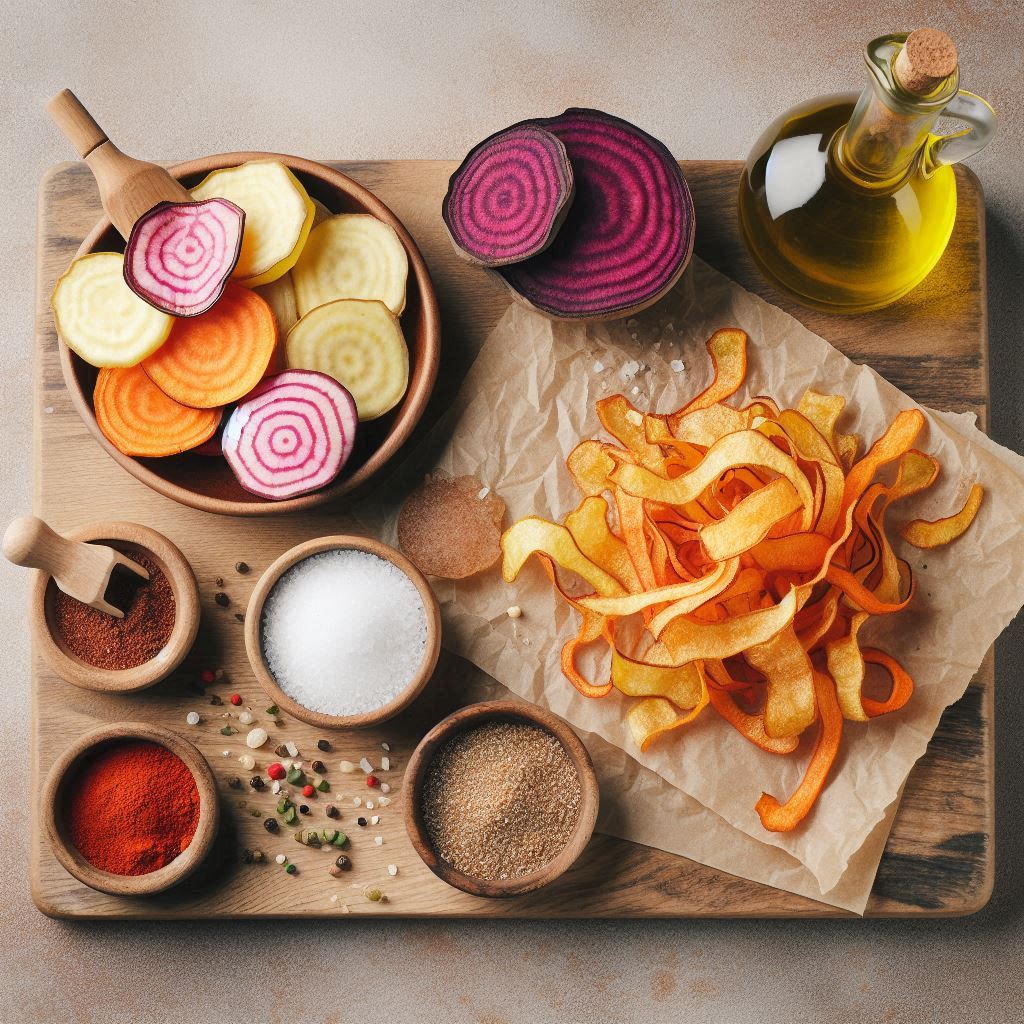


Flavor Variations to Try
One of the best parts of making peel chips is how creative you can get with seasonings. Here are some tasty ideas:
- Spicy Sriracha: Mix olive oil, salt, and a light drizzle of sriracha for a fiery flavor.
- Herb Blend: Use rosemary, thyme, and garlic powder for an herby, aromatic profile.
- Sweet & Smoky: Combine sweet potato peels with maple syrup, smoked paprika, and cinnamon.
- Cheesy Zest: Add grated Parmesan (or nutritional yeast) with lemon zest for a bold, tangy finish.
Mix different peels for a fun combo of colors and textures, and don’t be afraid to experiment with what’s already in your pantry.
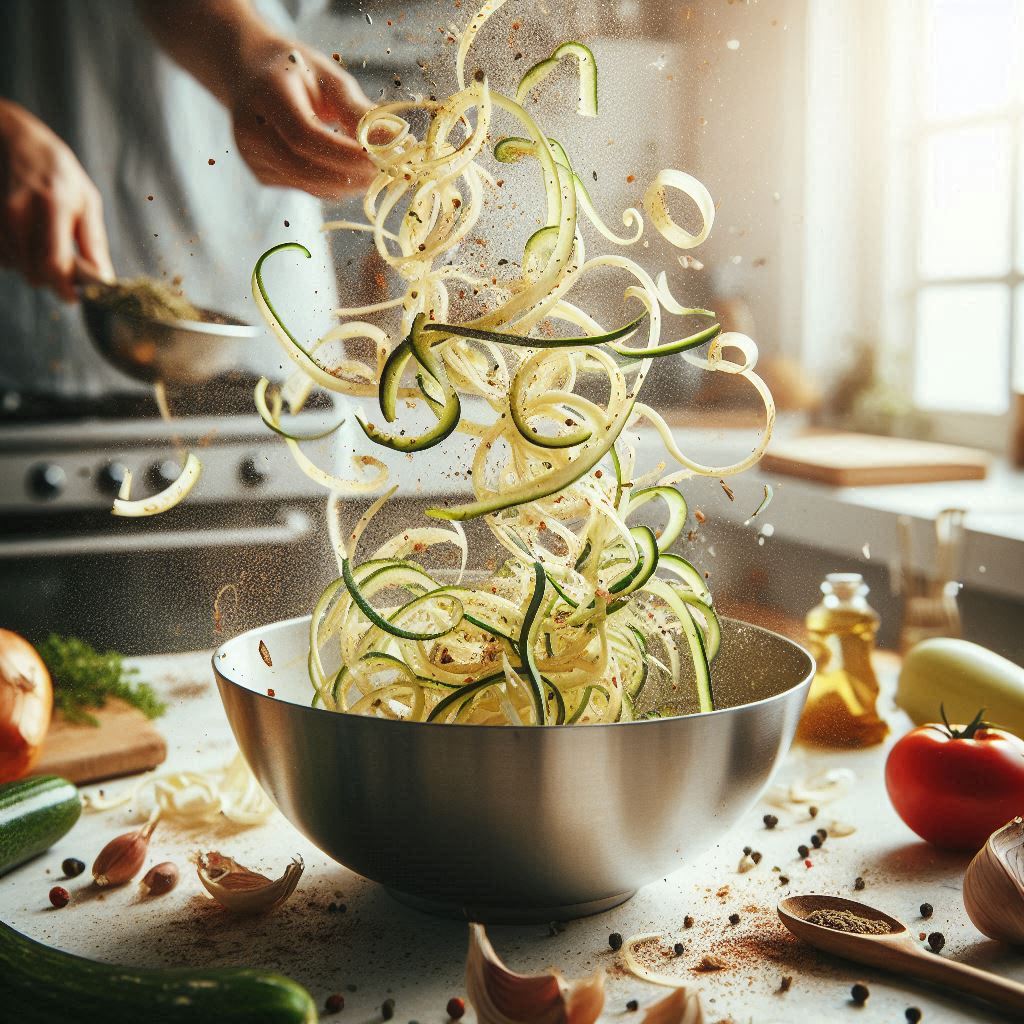
A Small Step Toward Zero Waste
Beyond flavor, peel chips contribute to a larger movement: reducing food waste. The UN estimates that about one-third of all food globally goes to waste, contributing significantly to environmental problems. Turning scraps into snacks might seem minor—but it’s a powerful habit. Plus, peels are nutrient-rich—potato skins alone are packed with fiber and antioxidants.
This recipe also encourages a shift in perspective. Instead of seeing peels as trash, you’ll begin to see them as the beginnings of something delicious. It’s an easy way to build mindfulness and creativity in your kitchen routine.

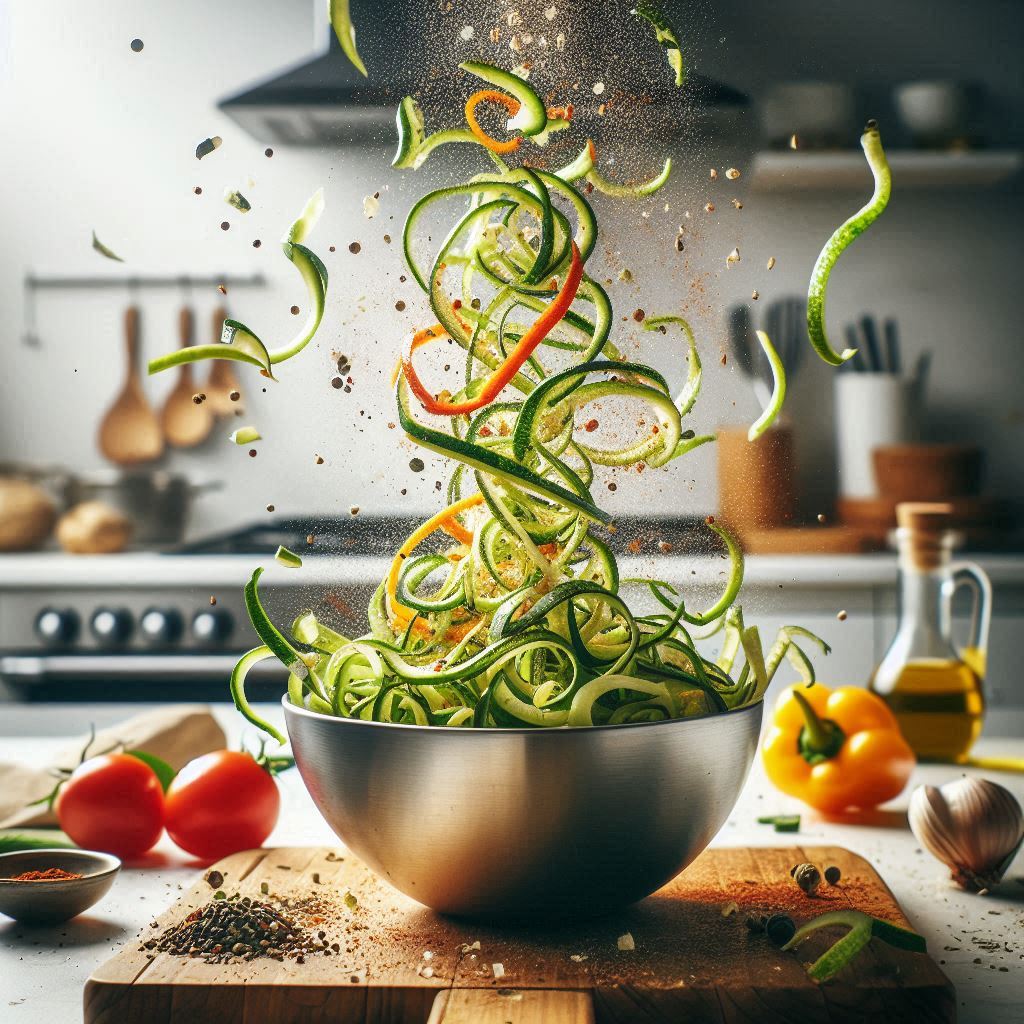
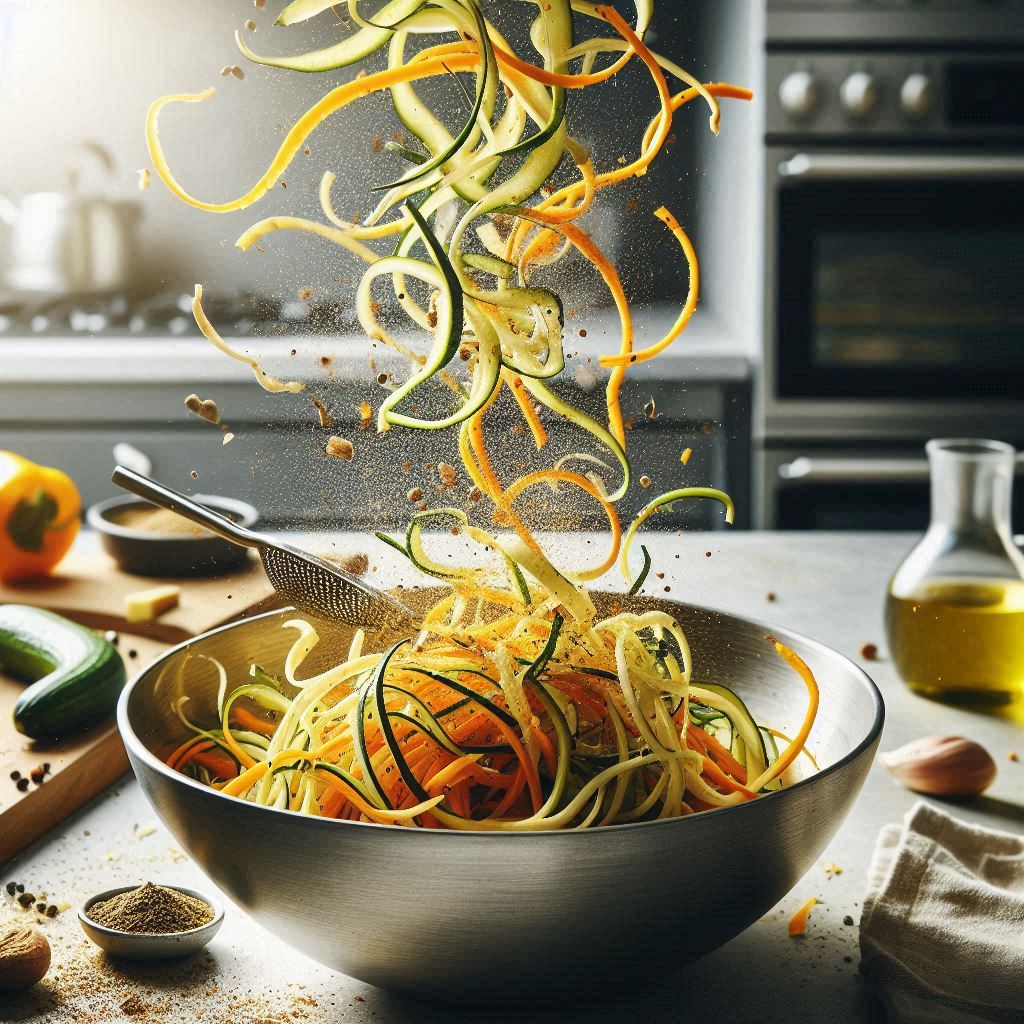
Extra Tips for Best Results
- Group Peels by Type: Since different vegetables cook at different speeds, bake similar-textured peels together.
- Go Easy on the Oil: Too much oil = soggy chips. Use just enough to coat them.
- Store Smart: Keep in an airtight container. Adding a food-safe silica packet can help retain crispness.
- Use Leftovers Creatively: Crumble leftover chips over soups, grain bowls, or salads for extra texture.
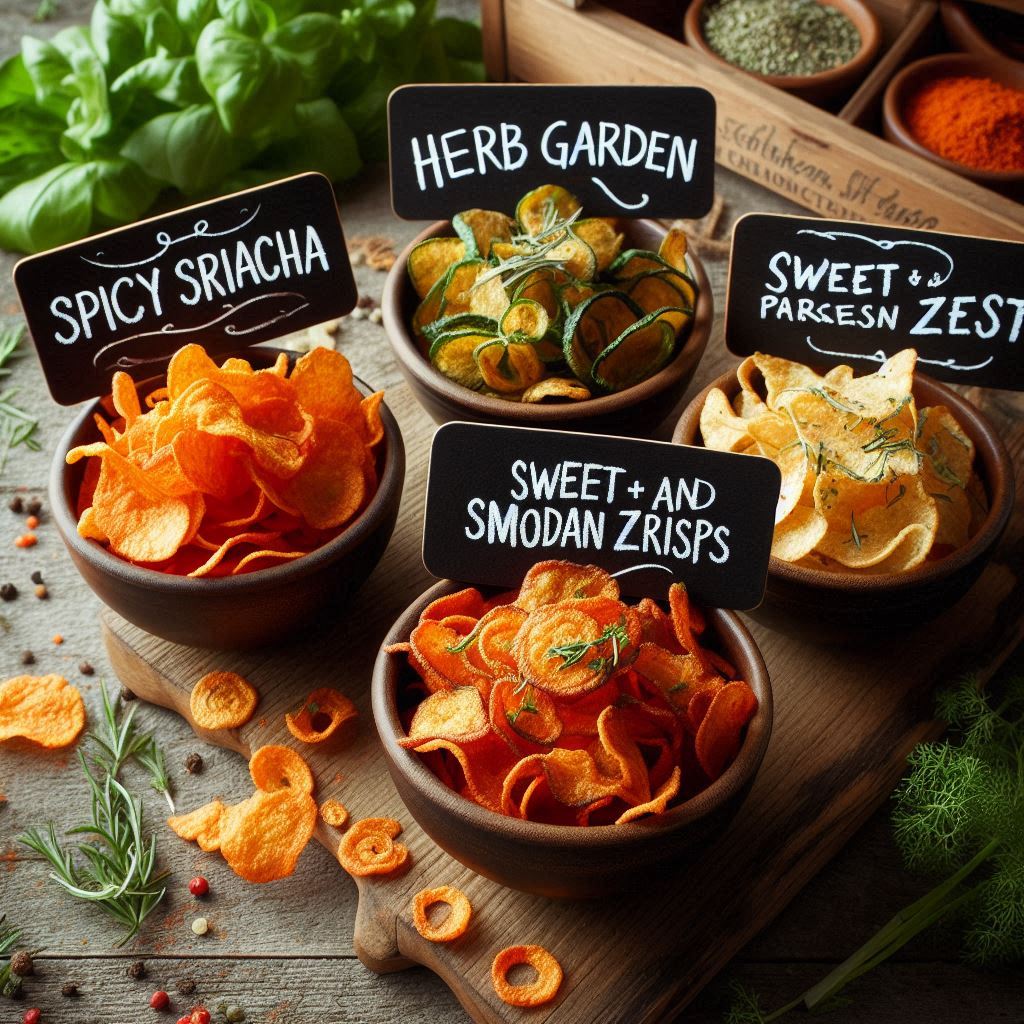
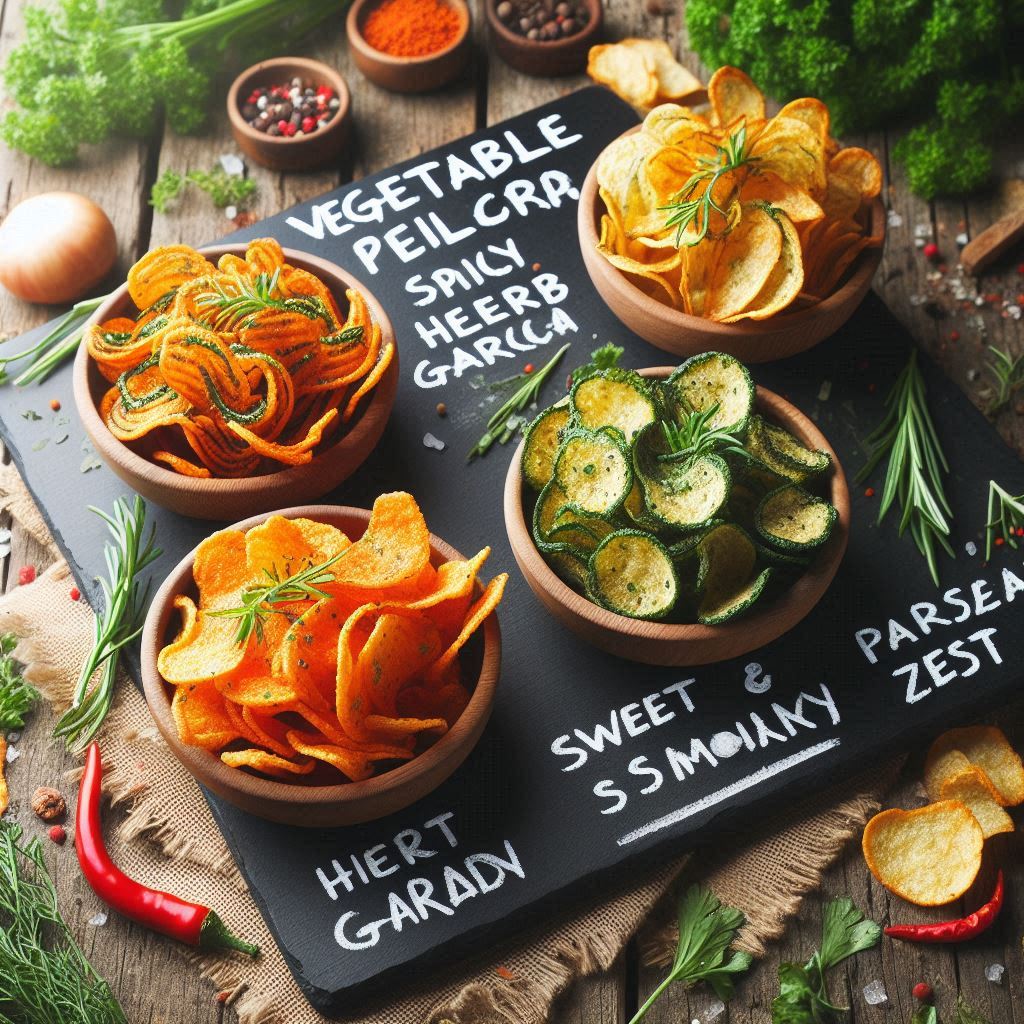


Final Thoughts
Vegetable peel chips aren’t just a clever use of leftovers—they’re a tasty, sustainable snack that proves even scraps can shine. With a few minutes and some simple ingredients, you can turn waste into a win for your taste buds and the planet. So next time you’re peeling veggies, think twice before tossing those skins. Instead, crisp them up, season them well, and enjoy a crunchy step toward a waste-free kitchen.